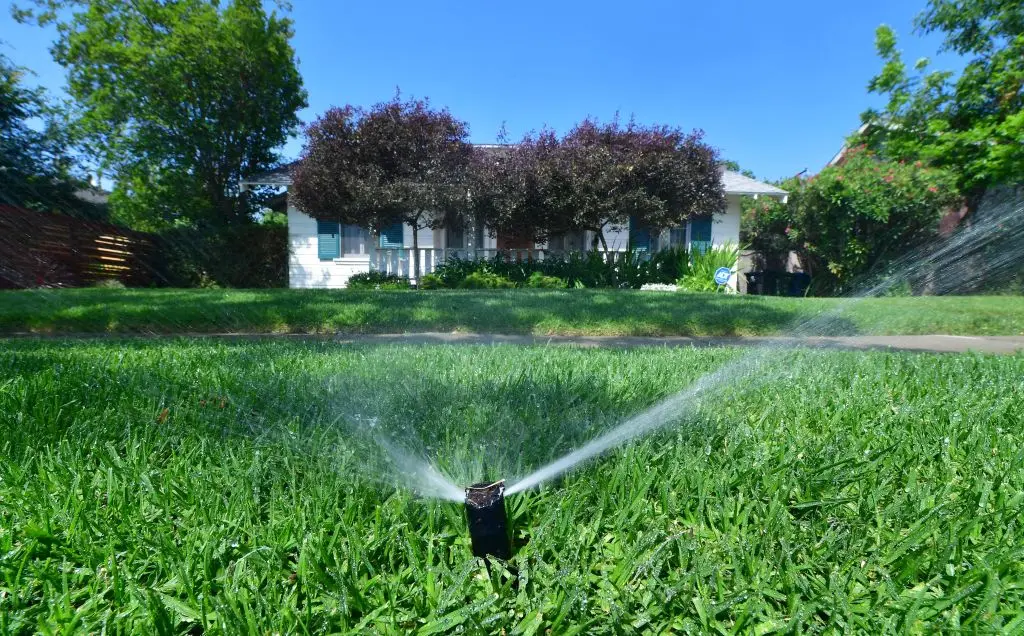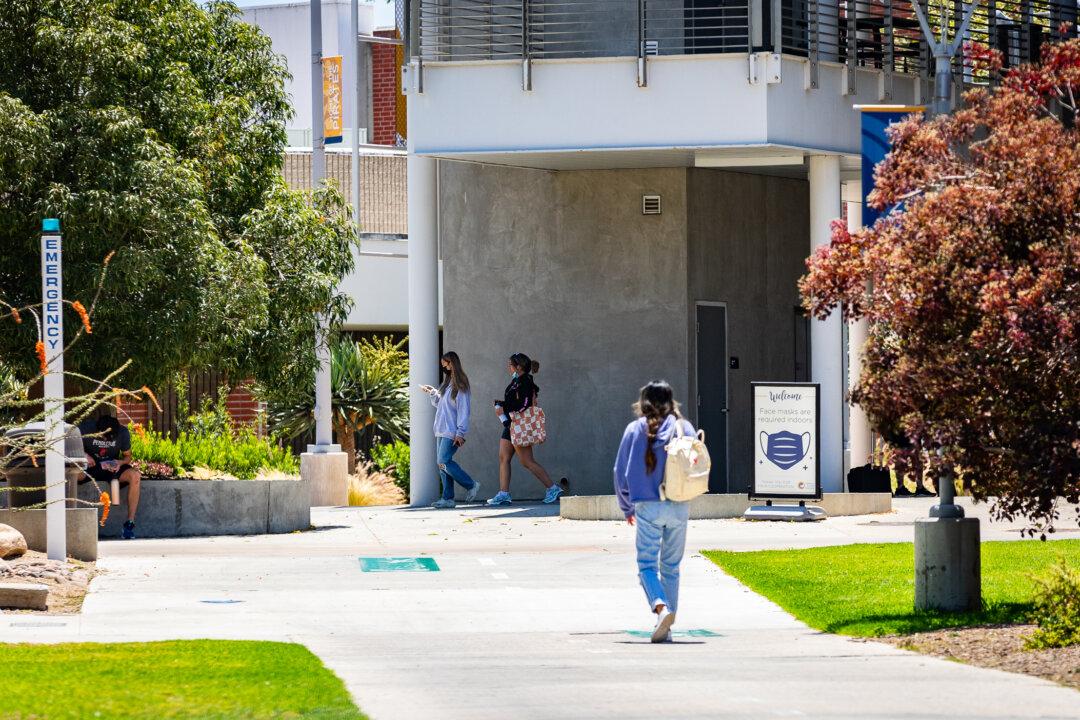Out of 4,000 inmates sentenced in Sacramento County, more than 1,300 served less than half of their sentence, according to the Sacramento County District Attorney’s (SCDA) office.
SCDA Anne Marie Schubert announced on May 26 that she and 43 other elected District Attorneys across California have filed a civil lawsuit against the California Department of Correction and Rehabilitation (CDCR) for awarding additional conduct credits to 76,000 violent and serious offenders without including a traditional regulatory scheme public comment period.




